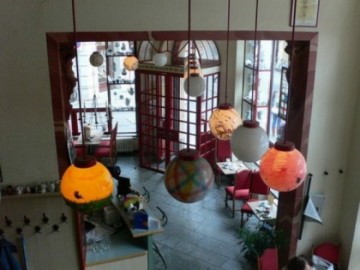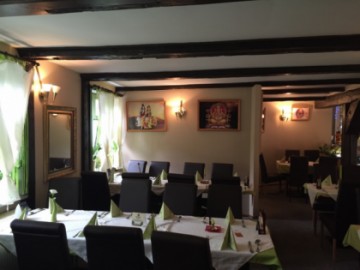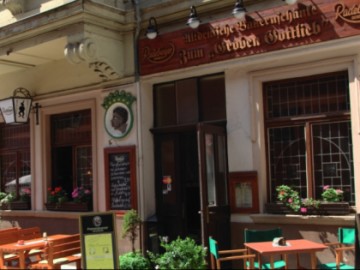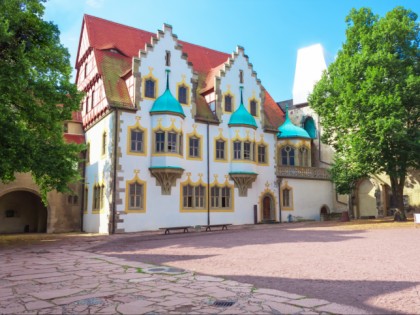Moritzburg Castle and Art Museum of Saxony-Anhalt
Moritzburg Castle in Halle was built in 1503 at the behest of Archbishop Ernst II of Saxony. The construction lasted for almost ten years and cost 150,000 guilders. The money was received from salt sale, which is mined in salt mines around the city. Moritzburg Castle in Halle has enough space for both the archbishop's residence and a spacious yard, suitable for jousting, and for a variety of other facilities, including warehouses and rooms for guards and servants.
Fortifications walls were not forgotten in Moritzburg Castle, either: they were built strong and high, a lot of towers were added, a ditch was dug and the gate construction was thought out so that it is difficult to break or crack. All this has allowed the castle’s owners to call it inaccessible. And indeed, it withstood different wars and rebellions that raged in Germany. In 2008, Halle’s Moritzburg Castle was again reconstructed. As a result of the work it was possible to place in it an impressive art collection of the museum of the Saxony-Anhalt state. In its halls you can now see a collection of old coins and medals, vases and even sculpture - mostly of the twentieth century as well as paintings, drawings and photos. The extensive collection of the museum (including a total of 1700 items) are paintings by famous artists such as Gustav Klimt, El Lissitzky, Max Beckmann, Ernst Ludwig Kirchner and other outstanding representatives of Art Nouveau, Expressionism and modernism. Particular attention should be paid to painter and graphic artist Einar Schleef, a native of this area, who worked in the post-war period, and left a deep imprint on the development of art in the region.




































